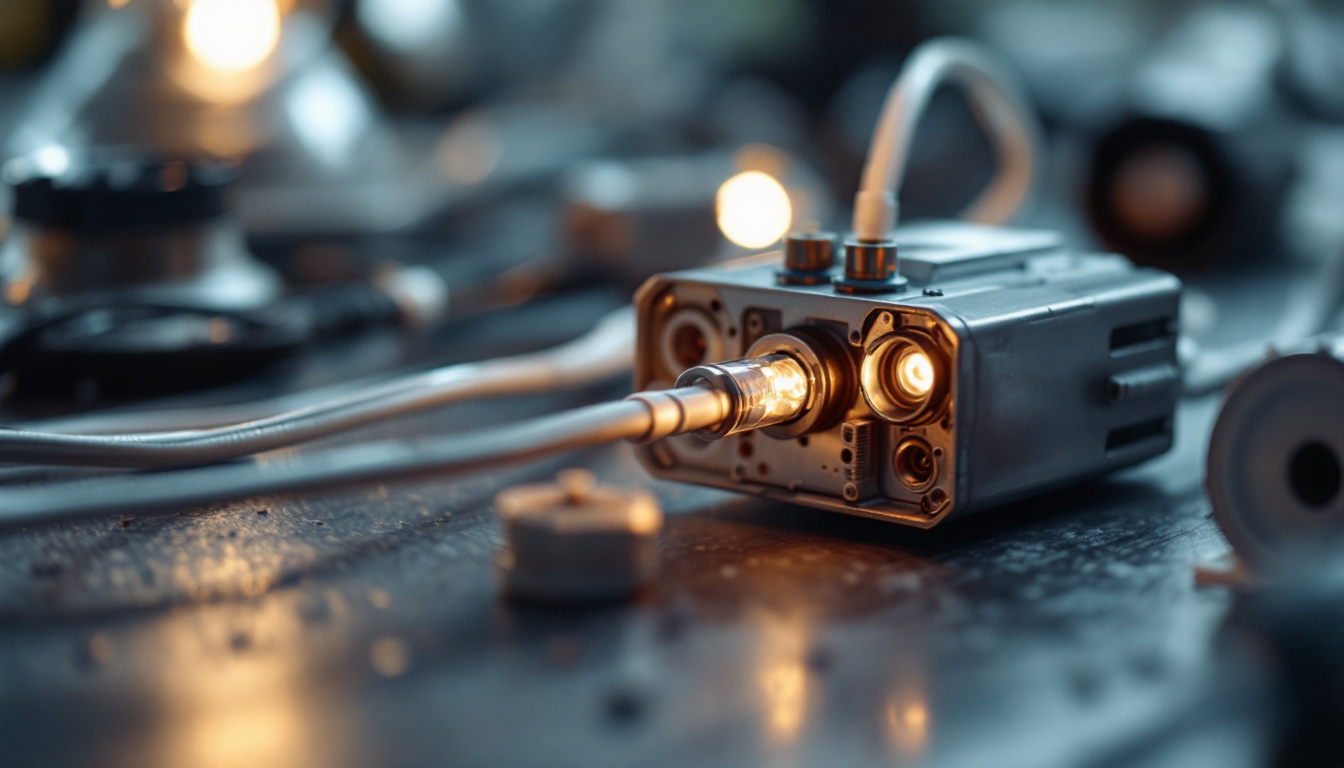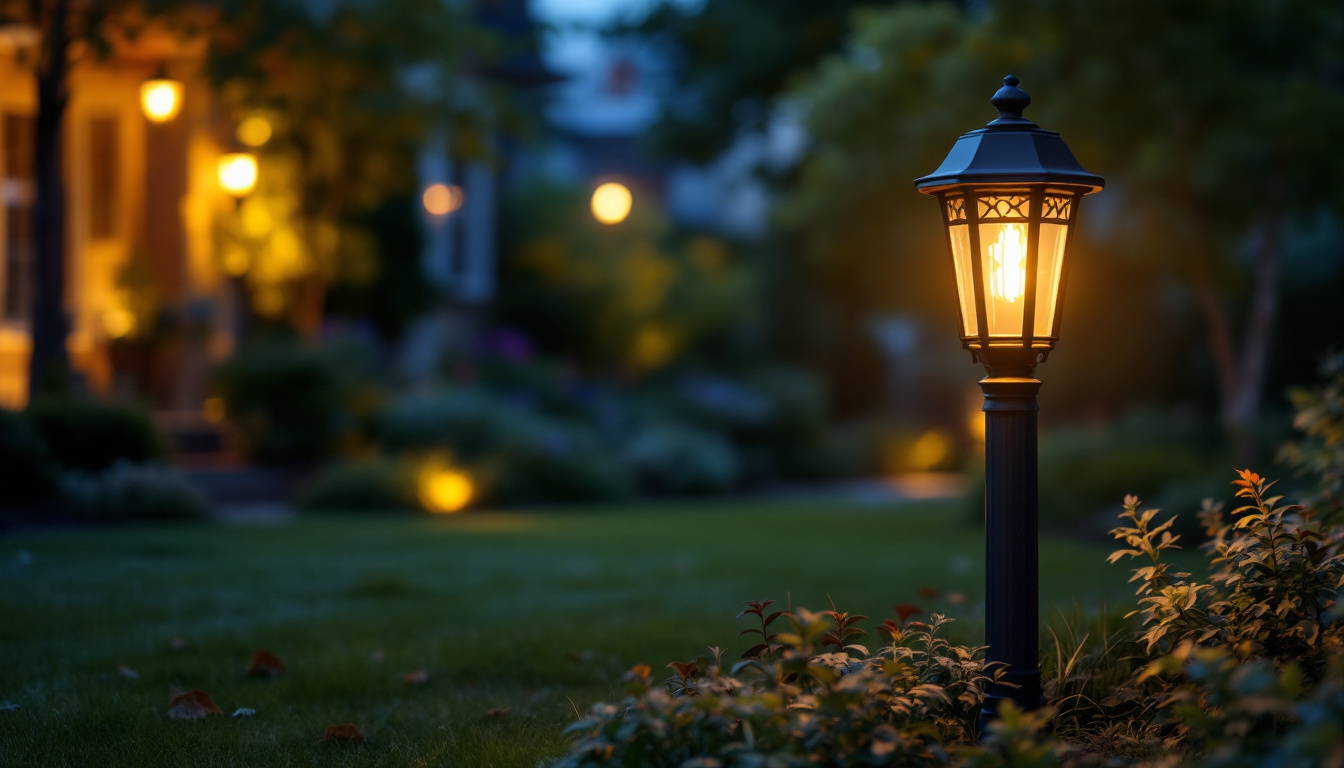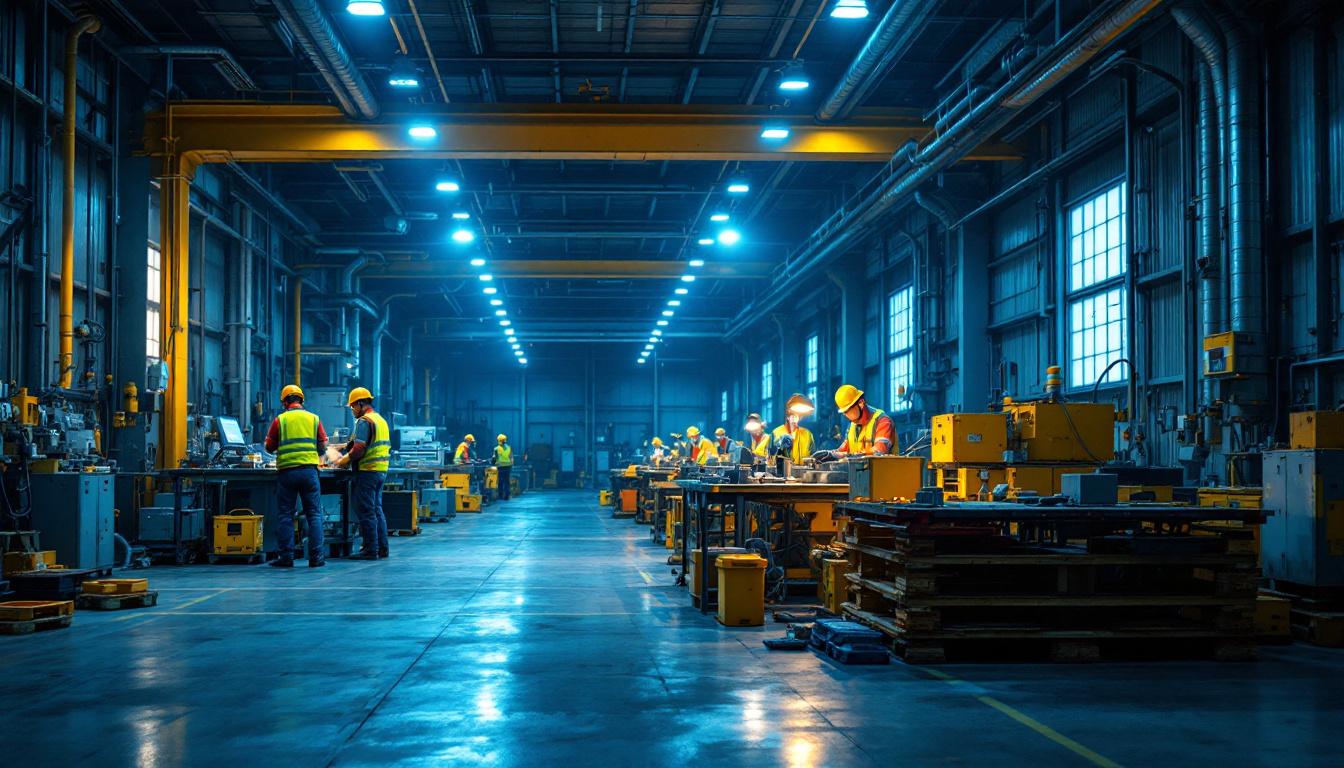
In the realm of lighting installation and maintenance, understanding the components that make up lighting systems is crucial for any contractor. One such component that plays a vital role in the functionality of various lighting fixtures is the light ballast. This article aims to provide an in-depth exploration of light ballasts, their types, functions, and considerations for lighting contractors.
A light ballast is an electrical device that regulates the current to a fluorescent or HID (high-intensity discharge) lamp. It serves two primary functions: providing the necessary starting voltage to ignite the lamp and regulating the current during operation to ensure optimal performance. Without a properly functioning ballast, lamps may flicker, fail to start, or burn out prematurely.
Ballasts are essential for maintaining the longevity and efficiency of lighting systems. They help to stabilize the electrical current flowing to the lamp, which not only enhances performance but also reduces energy consumption. By ensuring that the correct voltage and current are supplied, ballasts can significantly extend the lifespan of lighting fixtures, making them a critical component in any lighting installation. Additionally, the choice of ballast can influence the overall quality of light produced, affecting color rendering and brightness, which are vital for creating the desired atmosphere in various settings, from homes to commercial spaces.
The operation of a ballast can be understood by looking at its two main phases: starting and running. During the starting phase, the ballast generates a high voltage to initiate the discharge process in the lamp. Once the lamp is lit, the ballast then regulates the current to maintain a steady light output. This regulation is crucial because excessive current can lead to overheating and damage to the lamp. Furthermore, modern electronic ballasts offer advantages over traditional magnetic ballasts, such as improved energy efficiency, reduced noise, and the ability to dim lights without flickering. These advancements make electronic ballasts a popular choice in contemporary lighting designs, catering to the growing demand for sustainable and adaptable lighting solutions.
There are primarily two types of ballasts: magnetic and electronic. Magnetic ballasts are older technology and typically heavier, using inductors to control the current. They are known for their durability but can be less efficient and may produce a humming noise during operation. On the other hand, electronic ballasts are lighter and more efficient, utilizing electronic circuits to regulate the current. They can also provide features such as instant start and flicker-free operation, which enhance the user experience. The choice between these types often depends on the specific application, energy efficiency goals, and budget considerations.
Light ballasts can be categorized into several types, each designed to work with specific lighting technologies. Understanding these types is essential for lighting contractors to select the appropriate ballast for their projects.
Magnetic ballasts have been a staple in the lighting industry for decades. They utilize electromagnetic coils to regulate the current flowing to the lamp. While they are generally less expensive than their electronic counterparts, magnetic ballasts tend to be bulkier and less energy-efficient. They also produce a noticeable hum and can generate heat, which may be a consideration in certain installations.
Electronic ballasts represent a more modern approach to ballast design. They use electronic circuitry to control the current and voltage supplied to the lamp. This type of ballast is typically more compact, quieter, and energy-efficient compared to magnetic ballasts. Additionally, electronic ballasts can provide better light quality and flicker-free operation, making them a preferred choice for many lighting applications.
With the rise of smart technology in lighting, smart ballasts have emerged as a cutting-edge solution. These ballasts can communicate with other smart devices in a lighting system, allowing for advanced features such as dimming, remote control, and integration with building management systems. For contractors, understanding how to implement smart ballasts can open up new opportunities for energy-efficient and customizable lighting solutions.
Selecting the appropriate ballast for a lighting project involves several considerations. Each type of ballast has its advantages and disadvantages, and the specific requirements of the installation will dictate the best choice.
One of the first factors to consider when choosing a ballast is its compatibility with the lighting fixtures being used. Different lamps require specific types of ballasts, and using an incompatible ballast can lead to poor performance or even damage to the lamp. It is essential to consult the manufacturer’s specifications to ensure that the ballast matches the lamp type.
Energy efficiency is a significant consideration in today’s lighting market. While electronic ballasts may have a higher upfront cost than magnetic ballasts, they often lead to long-term savings through reduced energy consumption. Contractors should evaluate the total cost of ownership, including energy savings and maintenance, when selecting a ballast for a project.
As sustainability becomes an increasingly important focus in the construction and lighting industries, contractors should also consider the environmental impact of their choices. Some ballasts contain hazardous materials, such as PCBs (polychlorinated biphenyls), which can pose disposal challenges. Opting for environmentally friendly ballasts can enhance a contractor’s reputation and align with green building practices.
The installation of light ballasts requires careful attention to detail to ensure safety and functionality. Proper installation practices can prevent issues down the line and enhance the overall performance of the lighting system.
Before beginning any installation, it is crucial to adhere to safety protocols. Contractors should always disconnect power to the lighting circuit and use appropriate personal protective equipment (PPE). Additionally, understanding the electrical codes and regulations in the area is essential to ensure compliance and safety during installation.
Proper wiring and connections are vital for the effective operation of a ballast. Contractors should follow the manufacturer’s wiring diagrams and ensure that all connections are secure. Loose connections can lead to flickering lights, reduced efficiency, and potential safety hazards. Taking the time to double-check wiring can save time and resources in the long run.
After installation, it is essential to test the lighting system to ensure that everything is functioning correctly. This includes checking for flickering, dimming, or any unusual noises. If issues arise, troubleshooting should begin with the ballast, as it is often the source of lighting problems. Understanding common ballast-related issues can help contractors quickly identify and resolve problems, ensuring customer satisfaction.
Even with proper installation and selection, light ballasts can encounter issues that may affect their performance. Recognizing these common problems can help contractors address them effectively.
Flickering lights are one of the most common complaints associated with ballasts. This issue can stem from several factors, including a failing ballast, loose connections, or incompatible lamp types. Contractors should first check the ballast and connections before considering lamp replacement.
Overheating is another potential issue that can arise with light ballasts, particularly magnetic types. Excessive heat can lead to reduced efficiency and a shorter lifespan for both the ballast and the lamp. Ensuring proper ventilation and selecting energy-efficient ballasts can help mitigate this problem.
Ballast failure can occur due to age, electrical surges, or manufacturing defects. Signs of ballast failure include flickering lights, buzzing sounds, or complete lamp outages. Regular maintenance and inspections can help identify failing ballasts before they cause significant issues, allowing for timely replacements.
Regular maintenance of light ballasts is essential to ensure the longevity and efficiency of lighting systems. Contractors should implement a maintenance schedule that includes inspections and testing of ballasts to identify potential issues early on.
During inspections, contractors should check for signs of wear, overheating, and any visible damage to the ballast. Additionally, testing the electrical connections and ensuring that the ballast is functioning within its specified parameters can help prevent future issues.
When it comes to replacing a ballast, contractors should follow specific guidelines to ensure a smooth process. It is crucial to select a compatible replacement ballast that meets the specifications of the existing lighting system. Additionally, following the manufacturer’s instructions for installation will help maintain safety and performance standards.
As technology continues to evolve, so too does the landscape of lighting solutions. The future of light ballasts is likely to be shaped by advancements in energy efficiency, smart technology, and sustainability.
As smart lighting systems gain popularity, the integration of smart ballasts will become increasingly common. These ballasts will allow for enhanced control over lighting systems, enabling features such as remote access, dimming, and automated adjustments based on environmental conditions. Contractors who stay informed about these advancements will be better positioned to meet the demands of modern clients.
With a growing emphasis on sustainability, the development of eco-friendly ballasts will likely become a priority in the industry. This may include the use of recyclable materials and the elimination of hazardous substances. Contractors who prioritize sustainability in their projects will not only contribute to environmental conservation but also appeal to a clientele that values green practices.
In conclusion, understanding light ballasts is essential for any lighting contractor. Their role in regulating current, enhancing energy efficiency, and ensuring the longevity of lighting fixtures cannot be overstated. By familiarizing themselves with the various types of ballasts, installation practices, and common issues, contractors can provide superior service and solutions to their clients.
As the lighting industry continues to evolve, staying updated on advancements in ballast technology and sustainability will be crucial. By embracing these changes, lighting contractors can position themselves as knowledgeable professionals in a competitive market, ultimately leading to greater success in their projects.
Ready to enhance your lighting projects with the best ballasts on the market? Look no further than LumenWholesale for a comprehensive range of top-quality, spec-grade lighting products at unbeatable wholesale prices. Our selection is designed to meet the highest industry standards, ensuring reliability and high performance for every installation. Say goodbye to inflated markups and hello to hassle-free bulk buying with free shipping. Elevate your lighting solutions today and experience the perfect blend of quality, affordability, and convenience. Visit LumenWholesale now for wholesale lighting at the best value.

Discover the essentials of lawn lamp posts in just five minutes with this quick guide tailored for lighting contractors.

Discover the essential insights lighting contractors need to understand about dryer outlets.

Discover the essential facts about explosion-proof LED lighting that every contractor needs to know.

Discover effective strategies to train your team in utilizing light motion sensors for optimal lighting solutions.